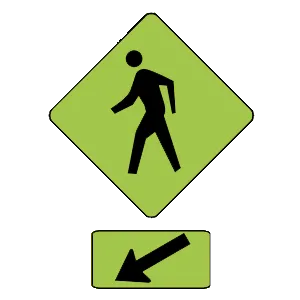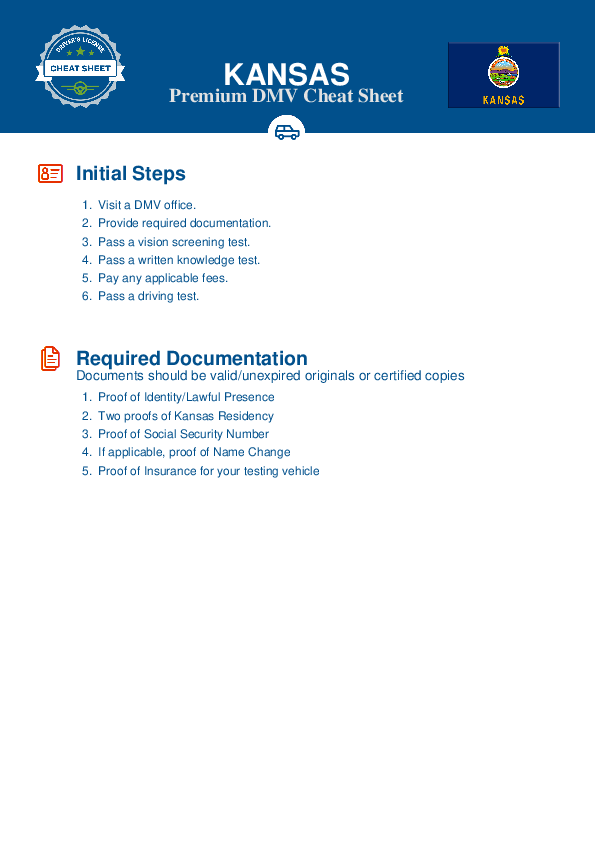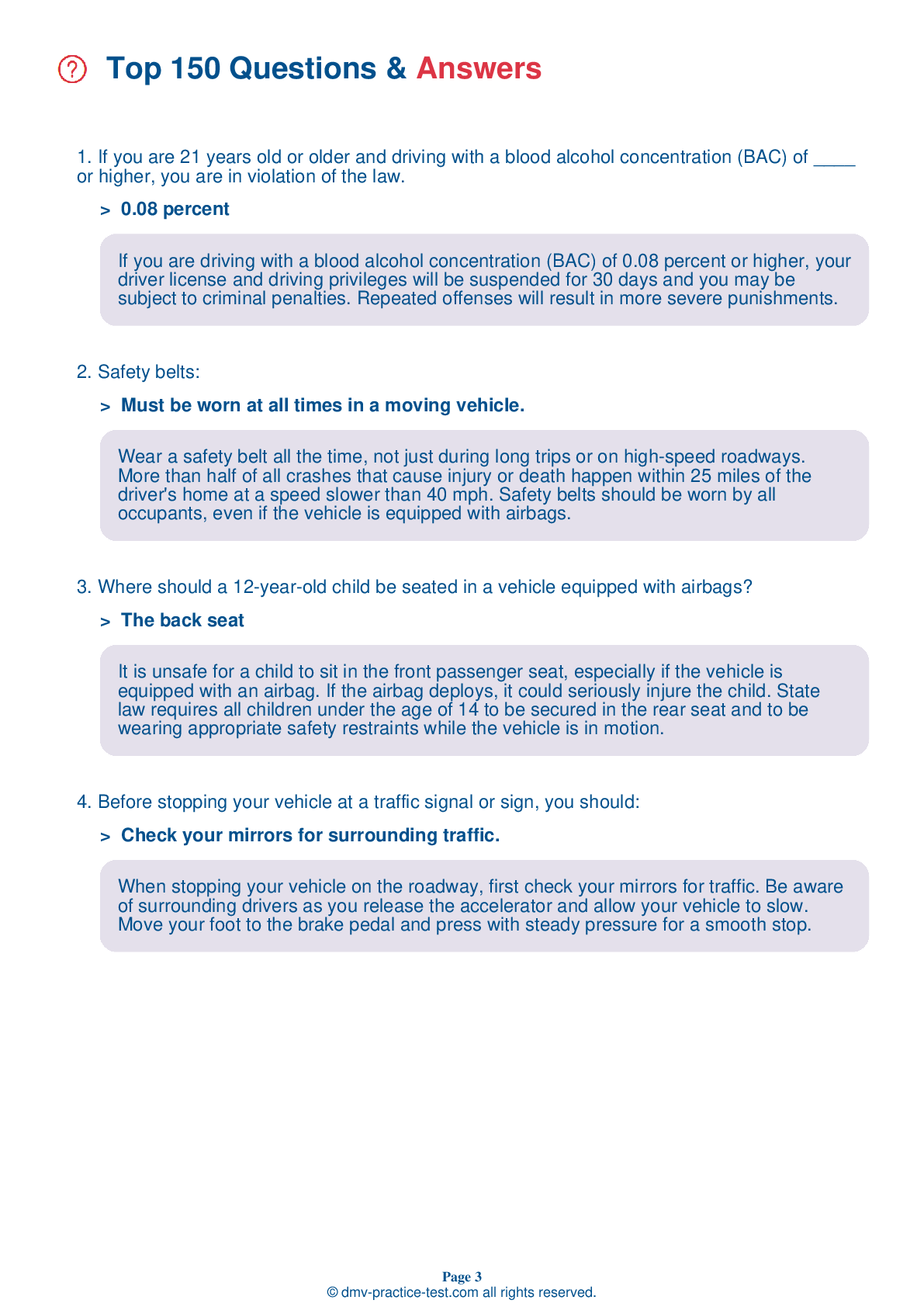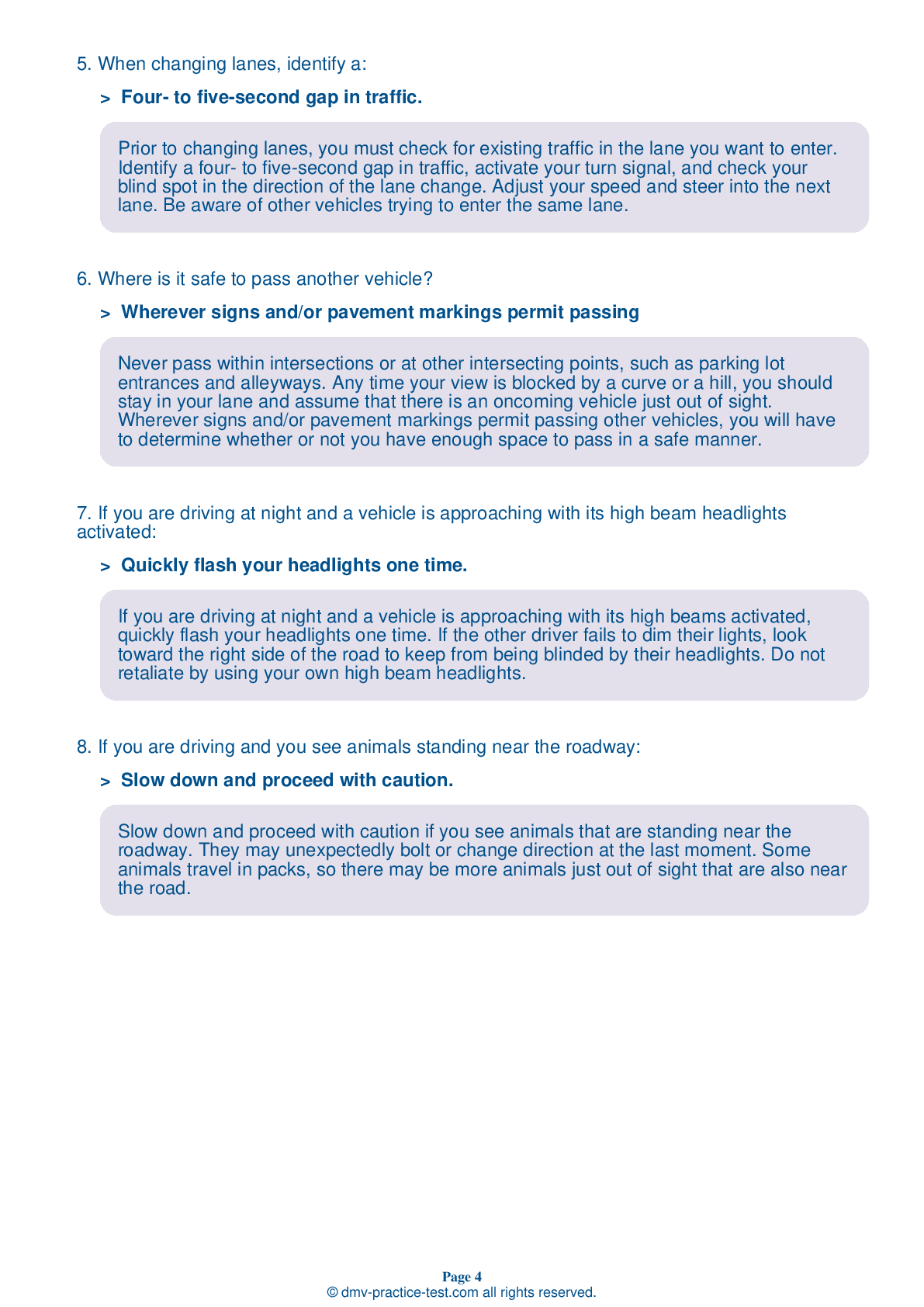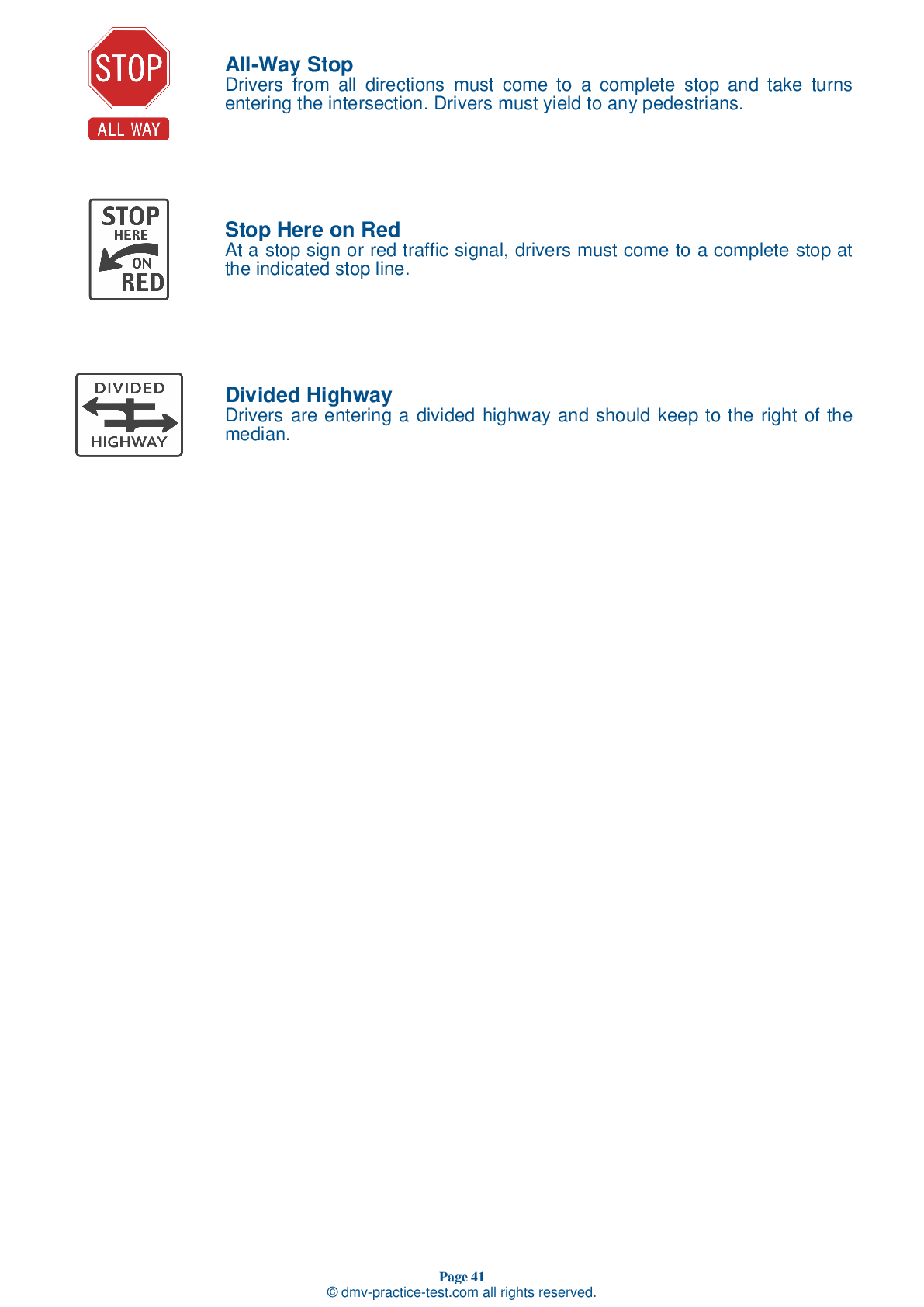FREE Kansas DMV Practice Test #19 Page 3 of 3
In Kansas, the DMV practise tests have been revised for January 2025. It includes questions based on the Kansas Driver Handbook's most essential traffic signals and regulations for 2025. Use actual questions that are very similar (often identical!) to the DMV driving permit test and driver's licence exam to study for the DMV driving permit test and driver's licence exam.
On the practise exam, each question gets a tip and explanation to help you remember the concepts. The written component of the official Kansas DMV test will include questions about traffic rules, traffic signs, and driving statutes, as well as information from the Driver Handbook.
To obtain a passing grade, you must correctly answer 20 of the 25 questions. Take our DMV practise exam to help you prepare for your Kansas instruction permit or driver's licence.
The DMV exam is available in several languages.
Using any kind of testing assistance will result in an automatic fail, and the DMV may take additional action against your driver's licence, so stay away from it.
17 . This sign is used to warn drivers about:
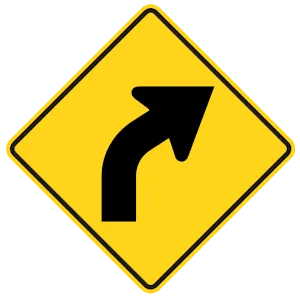
Warning signs are usually yellow with black markings. They alert you to conditions that are immediately ahead. This sign is used to warn drivers about an upcoming curve to the right.
18 . You should always travel:
The speed at which you should drive your vehicle depends on road conditions, the weather, and the legal speed limit. You may never drive above the legal speed limit. Decrease your speed when anything makes conditions less than ideal.
19 . This symbol is used for:
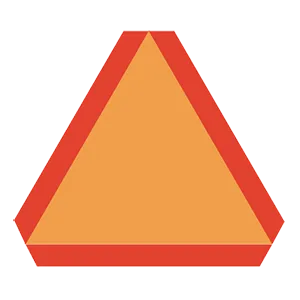
A reflective orange triangle on the rear of a vehicle means it travels only at slow speeds. You may see this sign on roadwork equipment, farm vehicles, or horse-drawn wagons and carriages. It appears as a solid orange triangle during the day and a hollow red triangle at night.
20 . In rainy weather, you should be most careful when turning or stopping:
You should be extra careful when turning and stopping during the first half hour of rain. At this point, the oil from cars has not yet washed off the pavement and could be forming a slippery mixture with the rain.
22 . If you want to pass a pedestrian who is walking along the roadway and an oncoming vehicle is approaching, you should:
If possible, try to only deal with one roadway hazard at a time. If you want to pass a pedestrian but an oncoming vehicle is approaching, slow down and let the vehicle pass. You may then pass the pedestrian if it is safe to do so.
23 . Double solid yellow line markings down the center of a road indicate that passing is:
A double yellow centerline means that it is prohibited for traffic from either direction to cross the centerline to pass.
24 . When changing lanes:
When changing lanes, glance over your shoulder to check for traffic in your blind spot. You may need to look several times before changing lanes. You must keep track of what traffic is doing in front of you as well as what traffic is doing in the lane next to you.
25 . This sign means:
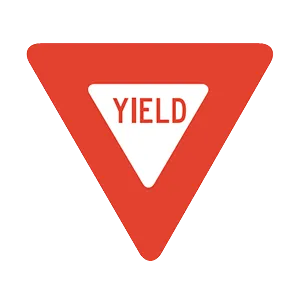
When approaching this sign, you must yield the right-of-way. Slow down and let vehicles and pedestrians crossing your path pass before you proceed. If necessary, stop before going ahead.
Need Car Insurance? No problem!
Compare the best rates in Kansas and find a personalized policy that meets your needs.
1. Are You Currently insured ?
2. Married ?
3. Do you own your Home?
4. Do you have more than 1 car ?
5. Have you or a Family Member Honorably Served in U.S. Military ?
6. Your Name
7. Age
8. Zip code
IMPORTANT REMINDER:Auto Insurance is Mandatory to drive in Kansas. Get covered before you hit the road to avoid any fines.
Ranked by best match
